I ordered some more cheap Smart Sockets / Smart Plugs from a big chinese online warehouse.
The box with a badly copied label.
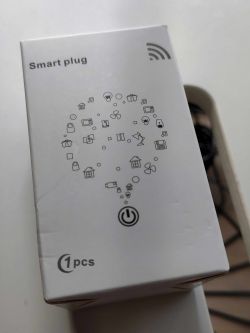
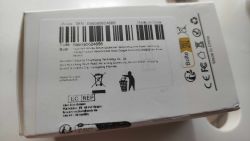
The plug itself has label or so.


Then i got my good old Tamron Macro lens and took some pictures of the internals.
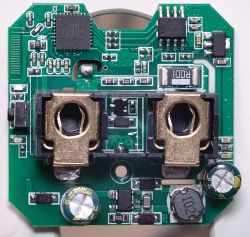
Better lighting on the interesting chips:
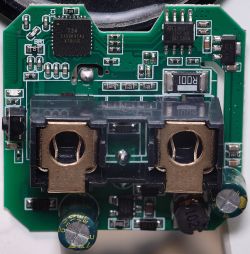
And the backside:
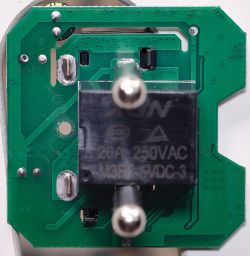
Soldering the wires to flash it seems to be not that easy. I will try that now and post my experience.
The box with a badly copied label.


The plug itself has label or so.


Then i got my good old Tamron Macro lens and took some pictures of the internals.

Better lighting on the interesting chips:

And the backside:

Soldering the wires to flash it seems to be not that easy. I will try that now and post my experience.









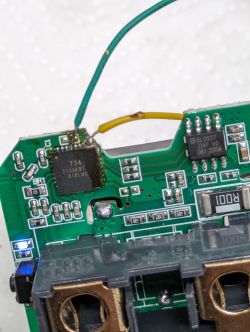
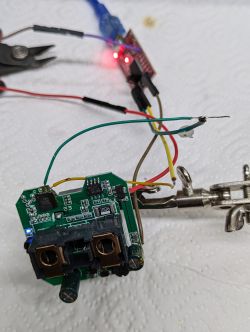
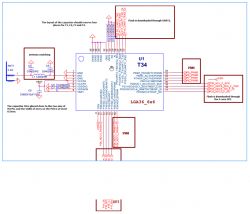

![[T34/BL0937] Teardown Generic Wifi Smart Plug with Energy Measurement [T34/BL0937] Teardown Generic Wifi Smart Plug with Energy Measurement](https://obrazki.elektroda.pl/8799310300_1712671439_thumb.jpg)
![[T34/BL0937] Teardown Generic Wifi Smart Plug with Energy Measurement [T34/BL0937] Teardown Generic Wifi Smart Plug with Energy Measurement](https://obrazki.elektroda.pl/2412113900_1712671827_thumb.jpg)
![[T34/BL0937] Teardown Generic Wifi Smart Plug with Energy Measurement [T34/BL0937] Teardown Generic Wifi Smart Plug with Energy Measurement](https://obrazki.elektroda.pl/9964420500_1712671830_thumb.jpg)
![[T34/BL0937] Teardown Generic Wifi Smart Plug with Energy Measurement [T34/BL0937] Teardown Generic Wifi Smart Plug with Energy Measurement](https://obrazki.elektroda.pl/1432078000_1712671834_thumb.jpg)
![[T34/BL0937] Teardown Generic Wifi Smart Plug with Energy Measurement [T34/BL0937] Teardown Generic Wifi Smart Plug with Energy Measurement](https://obrazki.elektroda.pl/1016423400_1712672116_thumb.jpg)

![[T34/BL0937] Teardown Generic Wifi Smart Plug with Energy Measurement [T34/BL0937] Teardown Generic Wifi Smart Plug with Energy Measurement](https://obrazki.elektroda.pl/1569605200_1712674514_thumb.jpg)
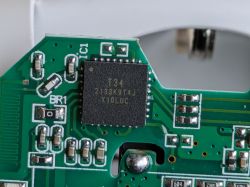
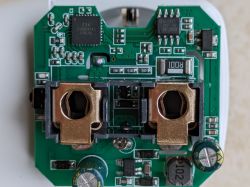

![[T34/BL0937] Teardown Generic Wifi Smart Plug with Energy Measurement [T34/BL0937] Teardown Generic Wifi Smart Plug with Energy Measurement](https://obrazki.elektroda.pl/8030657300_1712695558_thumb.jpg)
![[T34/BL0937] Teardown Generic Wifi Smart Plug with Energy Measurement [T34/BL0937] Teardown Generic Wifi Smart Plug with Energy Measurement](https://obrazki.elektroda.pl/4230569700_1712695663_thumb.jpg)
![[T34/BL0937] Teardown Generic Wifi Smart Plug with Energy Measurement [T34/BL0937] Teardown Generic Wifi Smart Plug with Energy Measurement](https://obrazki.elektroda.pl/2807750800_1713557535_thumb.jpg)
